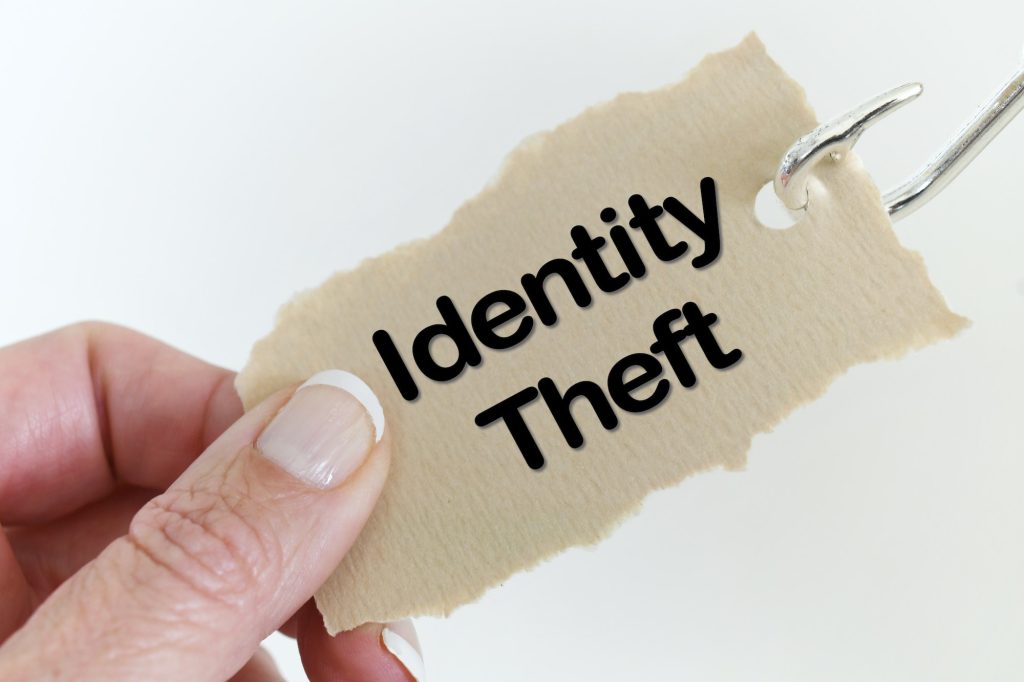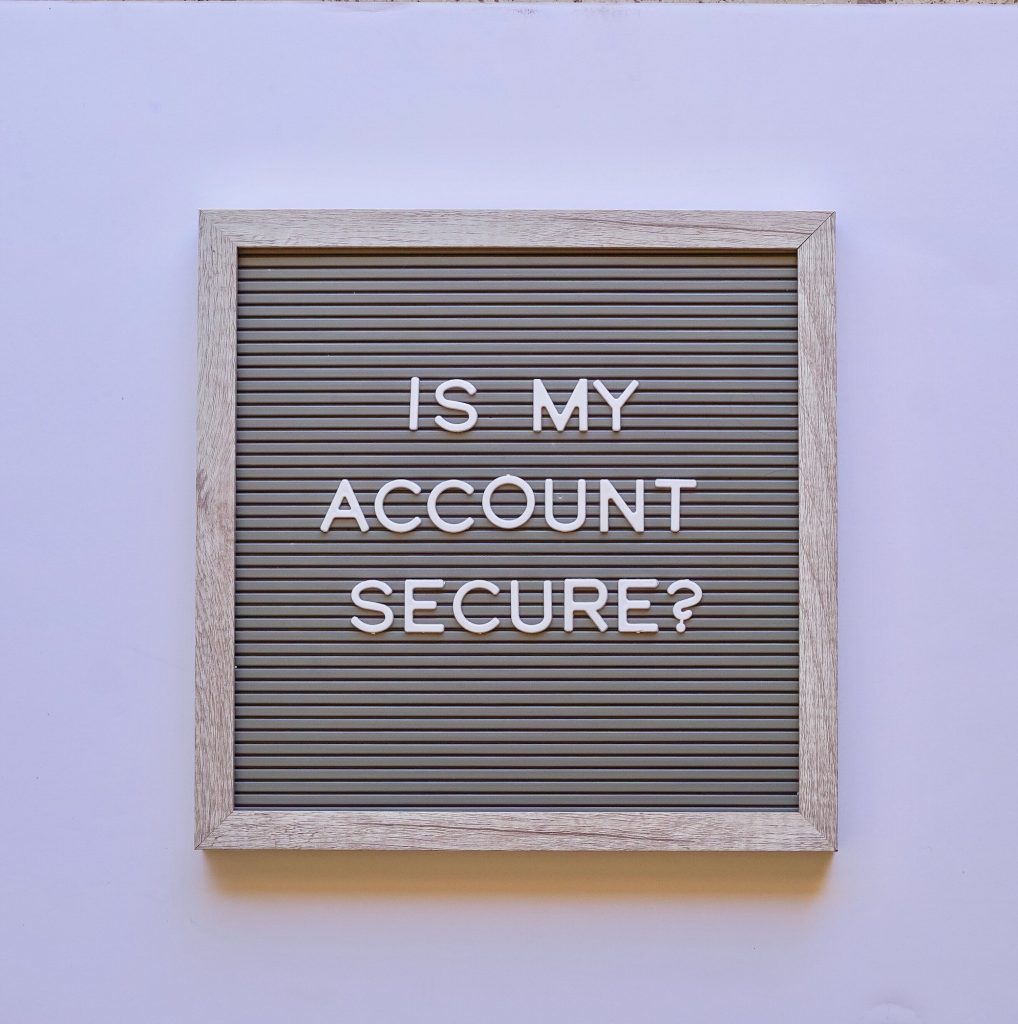In recent weeks, there has been a surge in LinkedIn account hacks, causing alarm among individual users and small to medium-sized businesses (SMBs). In some instances, users have been coerced into paying a ransom to regain access to their accounts or faced the threat of permanent account deletion.
In light of this, it’s crucial to understand the risks associated with such attacks and take necessary actions to safeguard your LinkedIn account.


Ignoring the potential threats to your LinkedIn account can lead to dire consequences:
Loss of Access: Falling victim to a hack means losing access to your LinkedIn account, which could be devastating for professionals who rely on this platform for networking and job opportunities.
Ransom Demands: Some hackers are demanding small ransoms from users to regain access to their accounts. Paying a ransom does not guarantee the return of your account and could potentially expose you to further extortion.
Reputational Damage: Attackers can use your account to post malicious content or send damaging or threatening messages to your business connections, causing significant harm to your professional reputation.
Information Theft: If hackers gain access to your LinkedIn account, they can steal valuable information from conversations with business colleagues or exploit your contacts to conduct phishing campaigns by impersonating a trusted colleague or supervisor.
There have been two main attack scenarios identified:
LinkedIn temporarily locks a user's account due to suspicious activity or hacking attempts and then notifies the user to verify their account and update their password.
Attackers gain complete access to the victim's LinkedIn account, change the associated email address to a different one (often using addresses from rambler.ru), and alter the account password. Since the account email address is changed, victims can't recover their login details using their previous email address.
To protect your LinkedIn account from hacks and ransom attacks, consider implementing the following measures:
Please note that these recommendations are not just applicable to LinkedIn but should also be implemented for all your online accounts.

It’s essential to take proactive measures to safeguard your LinkedIn account against hacks and ransom attacks. Ignoring the risks could lead to loss of access, reputational damage, or worse. By following the recommended measures, you can protect your account from unauthorised access and the potential impact of hacks.
Stay vigilant and prioritise your online security. Your professional identity and reputation depend on it.